Canned salmon is a versatile ingredient that can elevate any dish while providing a wealth of nutritional benefits. Packed with protein, omega-3 fatty acids, and essential vitamins, it’s a pantry staple that can save you time in meal preparation without sacrificing flavor or health. Whether you’re looking to whip up a quick lunch or an impressive dinner party dish, canned salmon offers endless possibilities.
In this article, we’ll explore various ways to prepare canned salmon that are not only simple but also delicious. From salads to pasta dishes and sandwiches, each recipe will highlight the unique flavor of canned salmon while ensuring you enjoy the convenience it brings to your kitchen. With just a few readily available ingredients and step-by-step instructions, you will discover how easy it is to incorporate this nutritious fish into your meals.
Prepare to be amazed at how something as simple as canned salmon can transform your cooking routine! Let’s dive into the main ingredients you’ll need for these delightful dishes.
Main Ingredients
Canned Salmon
Canned salmon forms the base of our recipes. It comes pre-cooked and is available in various forms—pink or red sockeye—each offering a distinct flavor profile. The choice between skinless or with skin depends on personal preference. Typically sold in 14.75-ounce cans, one can serves about two to four people, making it an economical option for families or meal prep enthusiasts.
Fresh Vegetables
Fresh vegetables add crunch and vibrancy to your dishes. Common choices include bell peppers, cucumbers, onions, and greens such as spinach or arugula. Using about two cups of assorted fresh vegetables enhances both texture and nutritional value while balancing the rich flavor of the canned salmon.
Mayonnaise
Mayonnaise acts as a creamy binder in many recipes using canned salmon. For lightness and tanginess, use about half a cup of mayonnaise per recipe; alternatives like Greek yogurt can offer similar creaminess with added protein. This ingredient contributes to the overall richness while keeping the dish moist.
Seasonings
Seasonings elevate the natural flavors of canned salmon. A mix of salt, pepper, dill weed, lemon juice, and garlic powder works wonderfully. Using about one teaspoon each of salt and pepper along with two tablespoons of lemon juice will brighten up your dish while enhancing its taste.
Bread or Crackers
For serving suggestions involving sandwiches or appetizers, opt for whole-grain bread or high-quality crackers. About four slices of bread or a pack of crackers will suffice for serving two to four people comfortably alongside your canned salmon creation.
How to Prepare Canned Salmon
Step 1: Gather Your Ingredients
Start by gathering all necessary ingredients listed above. Having everything prepped before you begin cooking saves time and ensures you have all components ready at hand. Open the cans of salmon and drain any excess liquid; set aside in a mixing bowl.
Step 2: Flake the Salmon
Using a fork or your hands (make sure they’re clean), flake the drained canned salmon into smaller chunks within the mixing bowl. Make sure not to over-mix; you want some texture rather than mushiness in your final dish. This process takes only a couple of minutes but is essential for achieving an appealing consistency when combined with other ingredients.
Step 3: Mix in Additional Ingredients
Add in your fresh vegetables after chopping them into bite-sized pieces; combine them gently with the flaked salmon. Next, spoon in your chosen mayo (or yogurt) followed by seasonings like salt and pepper along with lemon juice for zestiness. Stir thoughtfully until everything is uniformly mixed together but remains chunky enough for texture.
Step 4: Chill Before Serving
To enhance flavors further before serving, cover the mixture with plastic wrap and refrigerate for at least 30 minutes. This resting period allows the seasonings to meld beautifully throughout the dish while giving it a cool refreshment factor ideal for sandwiches or salads during warm days.
Serving and Storing Tips
Serving Suggestions
When serving dishes made from canned salmon creations such as salads or spreads on bread/crackers ensure vibrant presentation by layering greens first before adding on top either freshly prepared salad mix containing flaked cans along with sauces if desired! Serve alongside wedges of lemon which provide brightness when squeezed over each bite!
Storage Guidelines
Store any leftover mixture in an airtight container in the refrigerator where it can last up to three days without losing freshness! Remember not only does refrigeration help keep flavors intact but also minimizes potential food safety concerns by restricting growth bacteria might encounter otherwise outside colder temperatures!
By following these tips regarding preparation techniques & storage guidelines you’ll enjoy nourishing meals quickly through creatively utilizing accessible pantry items like our featured star – canned salmon!
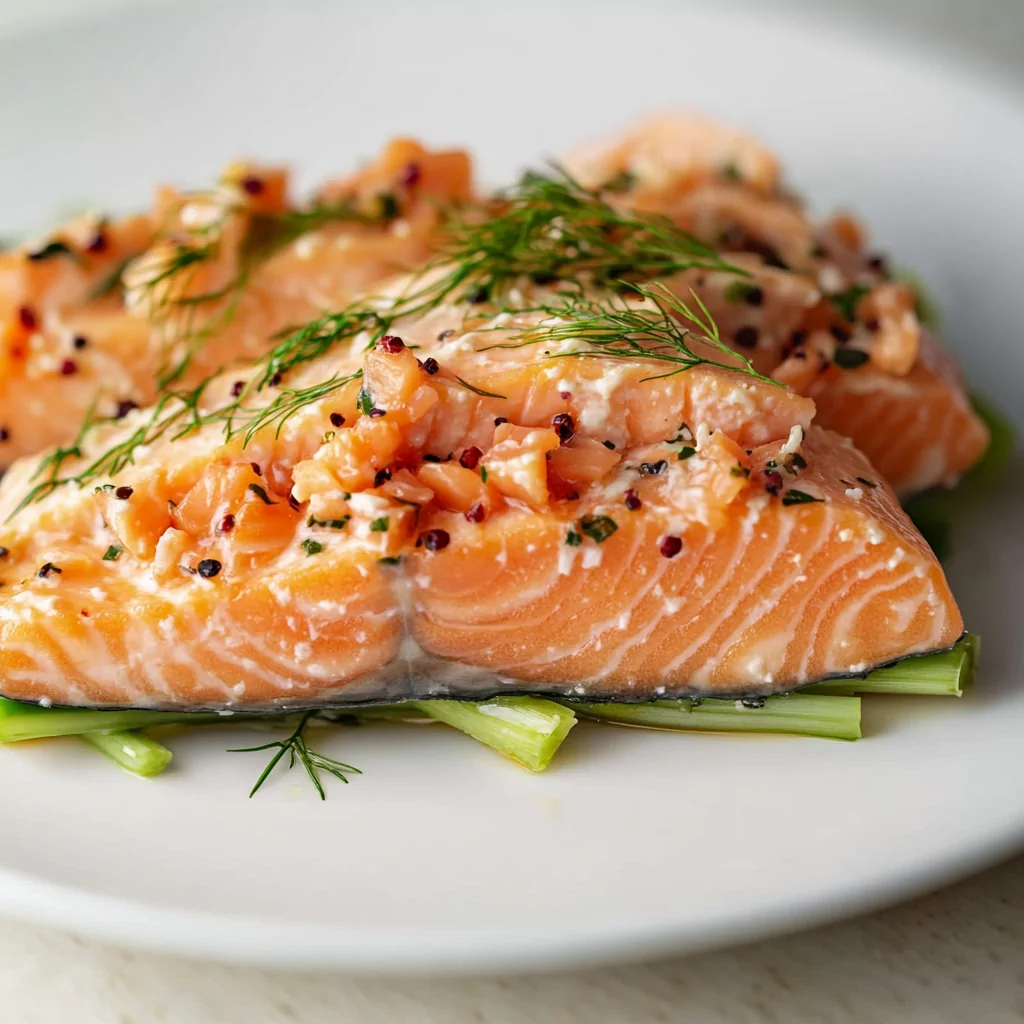
Mistakes to avoid:
Not Checking the Expiration Date
When it comes to using canned salmon, one common mistake is not checking the expiration date. Canned goods can last a long time, but they do have a shelf life. Consuming expired canned salmon can lead to foodborne illnesses or an unpleasant taste. Always inspect the can for any signs of damage, rust, or bulging before use. If you notice any of these issues, it’s best to discard the can. Additionally, even if the can appears intact, check the expiration date printed on it. Canned salmon typically lasts several years if stored properly, but freshness is key for flavor and safety.
Using Canned Salmon Straight from the Can
Another mistake is using canned salmon directly without rinsing or draining it first. Many people simply open the can and dump its contents into their dish, which can lead to an overly salty or fishy flavor that overwhelms other ingredients. To enhance the taste of your dish, always take a moment to drain and rinse your canned salmon under cold water. This step reduces excess sodium and helps freshen up the fish’s flavor profile. Rinsing also removes any packing liquid that might not blend well with your recipe.
Ignoring Texture in Recipes
Many home cooks often overlook texture when cooking with canned salmon. This ingredient has a different consistency than fresh salmon, which can affect your dish’s overall appeal. Failing to adjust recipes accordingly can result in a mushy or unappetizing meal. Consider how you’ll incorporate canned salmon into your recipe; for instance, mixing it with breadcrumbs or vegetables can create a delightful texture contrast in patties or salads. Also, consider flaking the salmon gently instead of mashing it into small bits to maintain some of its original texture.
Overcooking Canned Salmon Dishes
Overcooking is another frequent mistake when preparing meals with canned salmon. Unlike fresh fish that requires thorough cooking to ensure safety, canned salmon is already cooked during processing. Reheating it too much can lead to a dry and unpalatable result. Instead of cooking it again for an extended period, aim to warm it through gently when adding it to casseroles or pasta dishes. This approach preserves moisture and keeps flavors vibrant.
Tips and tricks:
Experiment with Flavor Enhancements
One effective tip for elevating the taste of canned salmon is to experiment with flavor enhancements like herbs and spices. Adding fresh herbs such as dill or parsley can brighten up your dish significantly. You may also consider spices like paprika or garlic powder for an extra kick of flavor. Mixing in citrus elements—like lemon juice or zest—can provide acidity that balances out the richness of the salmon beautifully.
Combine with Nutrient-Rich Ingredients
To maximize nutrition while using canned salmon, consider combining it with nutrient-rich ingredients like leafy greens, whole grains, or legumes. For instance, making a salad with spinach, quinoa, and canned salmon creates a healthy meal packed with protein and fiber. This approach not only boosts nutritional value but also enhances the complexity of flavors in your dish.
Make Simple Canned Salmon Spreads
Creating spreads using canned salmon is an excellent way to enjoy this versatile ingredient without needing extensive cooking skills. Simply blend canned salmon with cream cheese or Greek yogurt and add seasonings like lemon juice and dill for a quick dip perfect for crackers or vegetables. This simple preparation allows you to transform canned salmon into an appealing appetizer that’s both delicious and easy.
Try Creative Uses Beyond Traditional Recipes
Don’t limit yourself to traditional recipes when cooking with canned salmon; there are plenty of creative ways to incorporate this ingredient into various dishes! Consider adding it to pasta sauces for added protein or mixing it into scrambled eggs for breakfast burritos that pack a punch! Using canned salmon creatively keeps meals interesting while ensuring you enjoy its health benefits regularly.
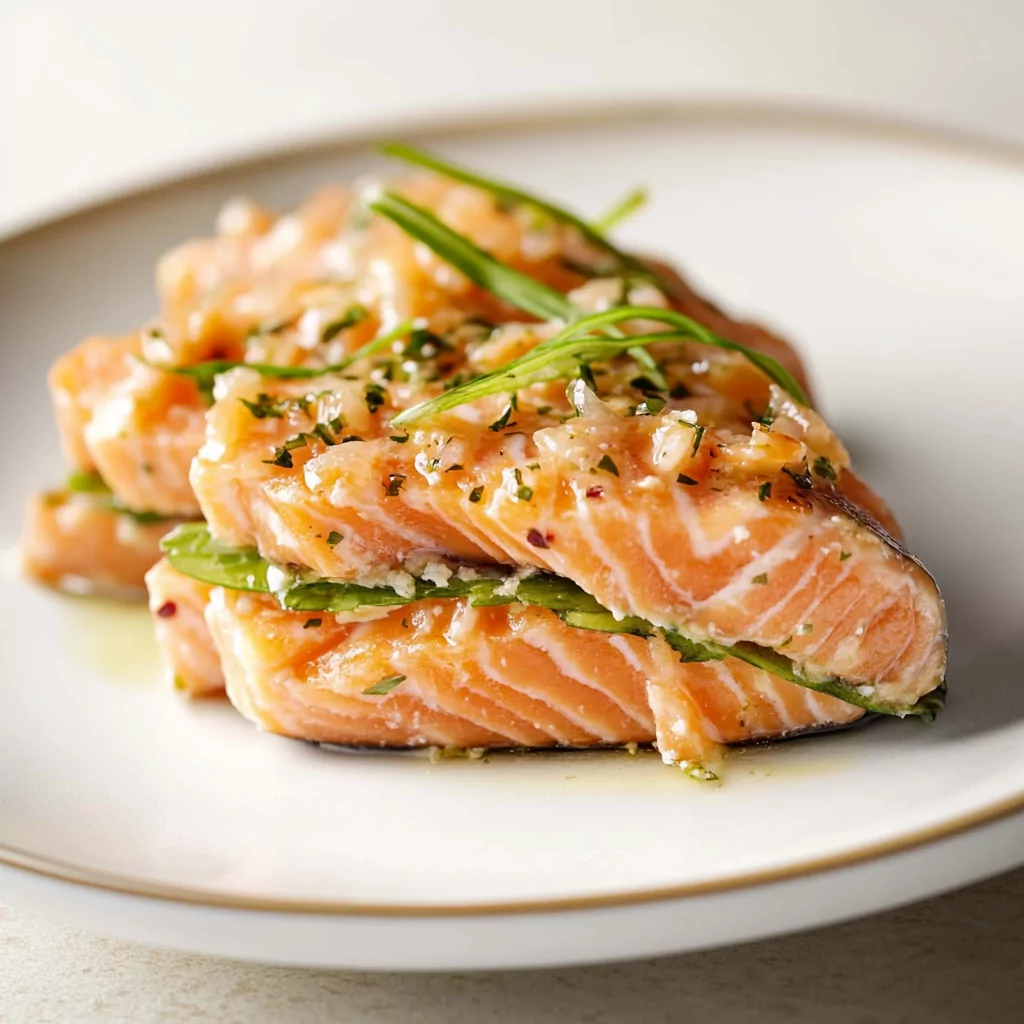
Suggestions for Canned Salmon:
Opt for Wild-Caught Varieties
When purchasing canned salmon, consider opting for wild-caught varieties whenever possible. Wild-caught options tend to have better flavor profiles compared to farmed alternatives because they feed on natural diets in their habitats rather than processed feeds common in farming practices. Furthermore, wild-caught fish are often more sustainable choices contributing positively towards ocean conservation efforts.
Store Properly After Opening
Once you open a can of salmon, proper storage is crucial if you don’t use all its contents right away! Transfer any leftover fish into an airtight container before refrigerating; this allows leftovers to remain fresh longer without compromising quality! Remember that opened cans should be used within two days—keeping track helps minimize waste while allowing you enjoy delicious meals throughout the week!
Explore Different Brands
Not all brands offer the same quality when it comes to canned seafood products; therefore exploring different brands available at local supermarkets helps ensure optimal results every time! Some brands may include additional ingredients (like preservatives) that could alter taste negatively over time while others focus solely on providing premium fish without additives ensuring natural flavors shine through!
Pair Canned Salmon With Complementary Foods
Lastly, think about what foods pair well alongside your chosen meal featuring this delightful protein source! Foods rich in fiber such as whole-grain bread work wonderfully alongside sandwiches made from flaked tuna while crunchy vegetables enhance salads beautifully creating harmonious combinations everyone will love!
FAQs for Canned Salmon:
What are the health benefits of canned salmon?
Canned salmon offers numerous health benefits that make it a great addition to your diet. It is rich in omega-3 fatty acids, which are essential for heart health and can help reduce inflammation throughout the body. These beneficial fats support brain function and may lower the risk of chronic diseases. Additionally, canned salmon is an excellent source of protein, providing all the essential amino acids that your body needs to build and repair tissues. It also contains vital nutrients such as vitamin D, calcium, and selenium. These nutrients contribute to strong bones, a robust immune system, and overall well-being. Plus, canned salmon is convenient and has a long shelf life, making it an easy option for healthy meals without the need for extensive preparation.
How should I store opened canned salmon?
To ensure the freshness of your opened canned salmon, proper storage is essential. After opening the can, transfer any leftover salmon to an airtight container or cover it tightly with plastic wrap. Store it in the refrigerator to maintain its quality. Opened canned salmon typically lasts about three to four days when refrigerated. If you want to extend its shelf life further, consider freezing it. Just make sure to use a freezer-safe container or bag. When you’re ready to use frozen salmon, thaw it in the refrigerator overnight before consuming or cooking with it. Proper storage helps prevent spoilage while retaining flavor and texture.
Can I use canned salmon in recipes that call for fresh salmon?
Absolutely! Canned salmon can be used as a substitute for fresh salmon in many recipes without sacrificing flavor or nutrition. Whether you’re preparing salads, pasta dishes, or patties, canned salmon works wonderfully in various applications. Just remember that canned salmon is already cooked, so adjust your cooking times accordingly if you’re combining it with other ingredients that require longer cooking durations. For instance, if you’re making a casserole or baked dish, add the canned salmon towards the end of cooking to avoid overcooking it. This substitution not only saves time but also enhances convenience while maintaining a delicious outcome.
How do I choose high-quality canned salmon?
Selecting high-quality canned salmon involves checking several factors on the label. Look for varieties labeled as “wild-caught,” as these fish usually have higher levels of omega-3 fatty acids compared to farmed options. Check for additional information regarding sustainability practices; certain brands prioritize eco-friendly sourcing methods. Review the ingredient list; ideally, you want minimal ingredients—just fish and possibly salt—without preservatives or artificial additives. Pay attention to the type of fish as well; pink and sockeye salmon are popular choices known for their taste and texture. Choosing higher-quality options ensures you receive maximum nutritional benefits from your canned salmon.
How long does canned salmon last?
Canned salmon has a long shelf life due to its preservation process. Unopened cans can last anywhere from two to five years when stored properly in a cool and dry place away from direct sunlight and extreme temperatures. It’s important to check expiration dates on the label before purchasing or consuming them; however, many cans remain safe beyond their printed date if they have been stored correctly and show no signs of damage like rust or dents. Once opened, refrigerate any leftovers immediately and consume them within three to four days for optimal freshness and flavor.
Are there any risks associated with eating canned salmon?
While canned salmon is generally safe and nutritious, there are some considerations to keep in mind when consuming it regularly. One potential risk involves mercury content; larger species like king or chinook may contain higher levels of mercury than smaller species like pink or sockeye salmon due to bioaccumulation over their lifespans. To minimize exposure, opt for wild-caught varieties where possible since they tend to have lower mercury levels overall compared to farmed fish. Additionally, individuals with specific dietary restrictions should read labels carefully for added ingredients such as sodium or allergens that may affect their health.
Conclusion for Canned Salmon:
In summary, canned salmon serves as a versatile ingredient packed with health benefits ranging from omega-3 fatty acids to high-quality protein content. Its long shelf life makes it an excellent pantry staple that can enhance various dishes without requiring extensive preparation time. By learning how best to store opened cans and choosing high-quality products carefully, you can ensure that you’re getting the most out of this nutritious seafood option while enjoying its rich flavors in countless recipes.
Canned salmon not only promotes heart health but also supports overall wellness through its nutrient-rich profile. Whether used in salads or casseroles, this ingredient brings both convenience and taste into your meals effortlessly. The information provided here should empower you with knowledge about selecting quality options while addressing common concerns related to consumption frequency or safety risks associated with mercury levels in fish products.
Embrace this healthy food choice today!
Print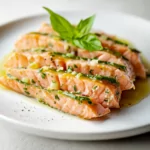
Canned Salmon
- Prep Time: 10 minutes
- Total Time: 10 minutes
Description
Canned salmon is a quick and nutritious option for busy days or last-minute meals. This delightful dish combines the rich flavors of canned salmon with fresh vegetables and a creamy dressing, making it perfect for salads, sandwiches, or as a tasty dip. With just a few key ingredients, you can whip up this delicious meal in no time!
Ingredients
- – 1 can of salmon (14.75 oz), drained and flaked
- – 2 cups assorted fresh vegetables (bell peppers, cucumbers, onions)
- – ½ cup mayonnaise or Greek yogurt
- – 1 tsp salt
- – 1 tsp pepper
- – 2 tbsp lemon juice
- – Whole-grain bread or high-quality crackers for serving
Instructions
1. Gather all ingredients and open the canned salmon; drain excess liquid.
2. Flake the salmon into small chunks using a fork and place it in a mixing bowl.
3. Chop fresh vegetables into bite-sized pieces and add to the bowl.
4. Mix in mayonnaise (or yogurt), salt, pepper, and lemon juice until combined but still chunky.
5. Refrigerate for at least 30 minutes to meld flavors before serving with bread or crackers.
Notes
– For added flavor, consider incorporating fresh herbs like dill or parsley.
– Swap in Greek yogurt for a lighter version rich in protein.

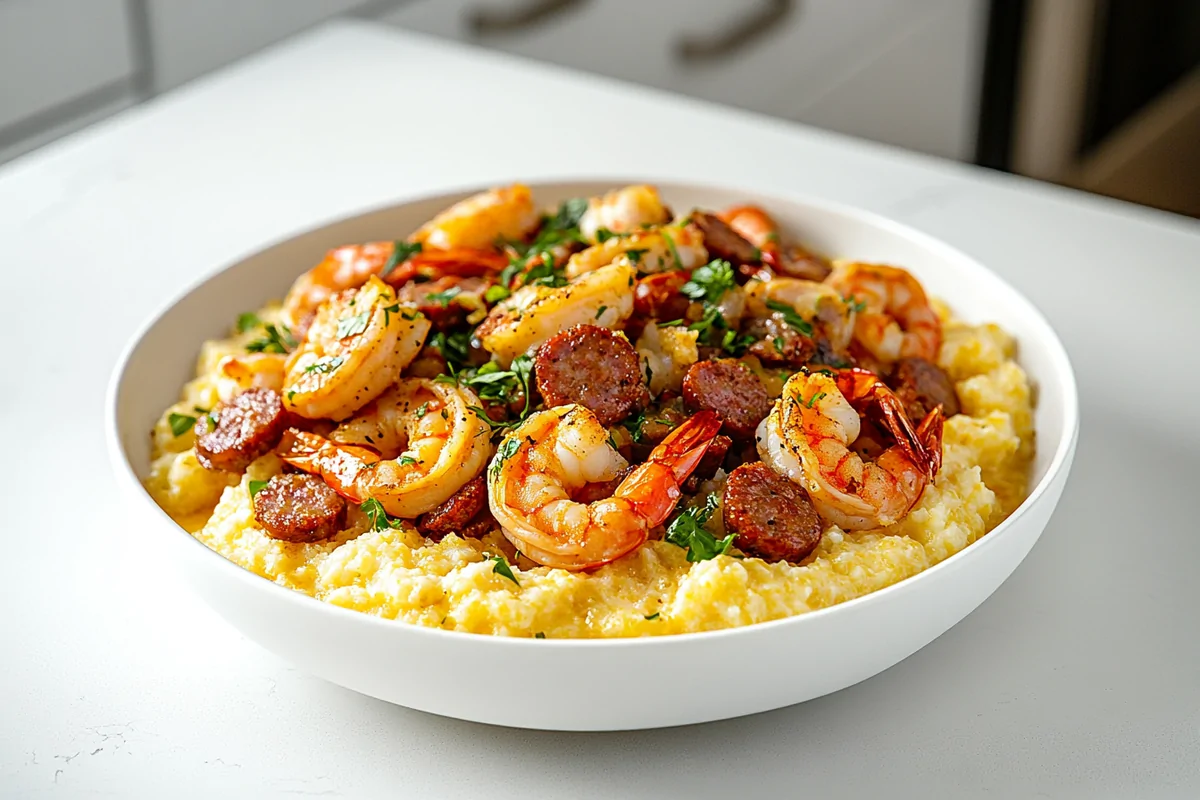
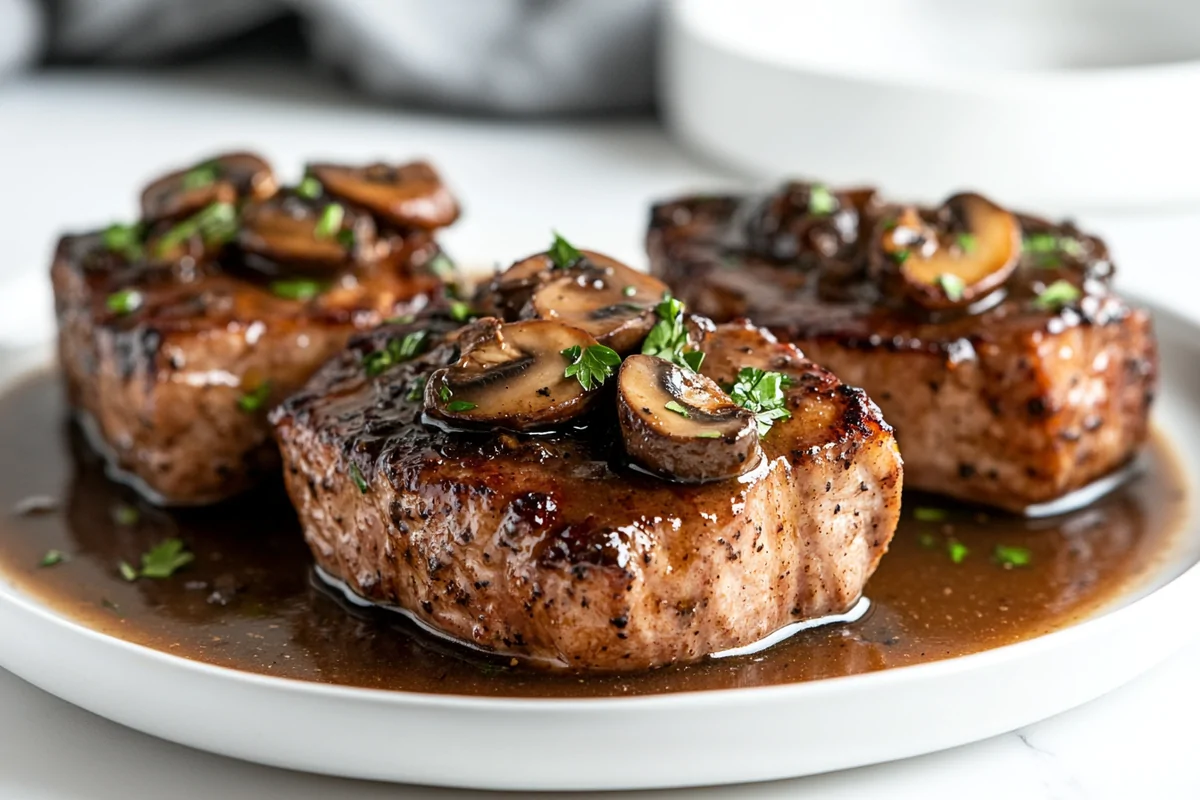
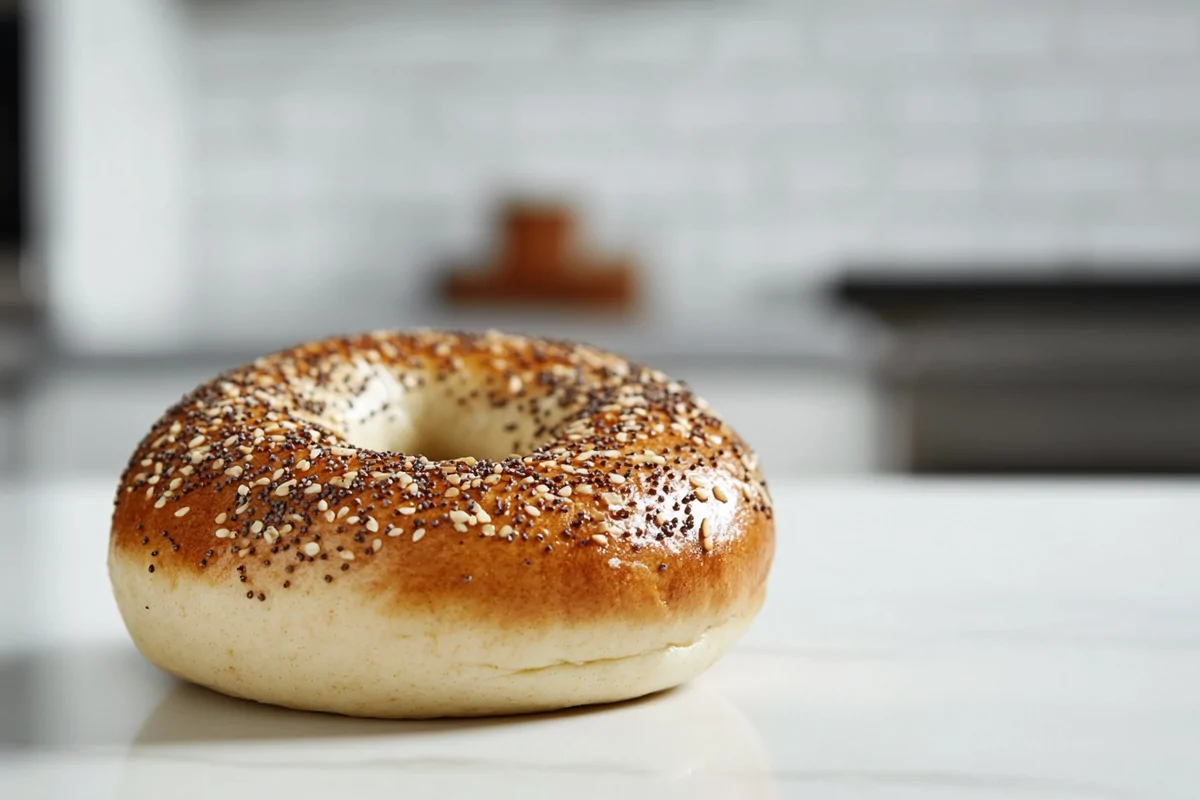
Leave a Comment